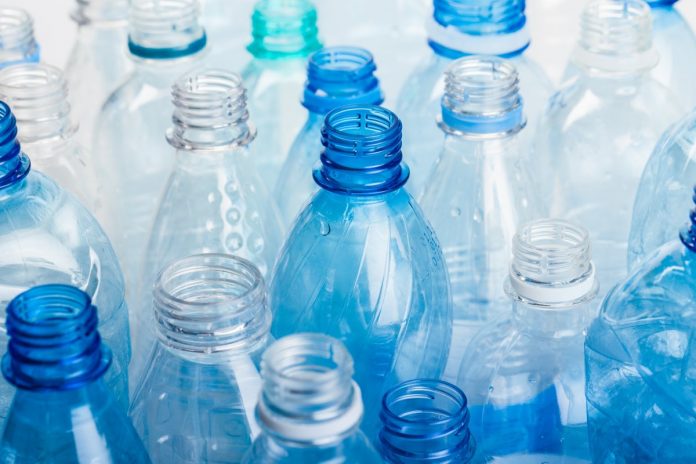
While most people can likely agree that plastic waste is a huge global problem, converting it into vanilla flavoring is a move that may be innovative but scary at the same time. Yet scientists have developed a way to use genetically engineered bacteria to transform plastic water bottles into a substance that can end up on the grocery market shelves as a vanilla flavoring. Could you soon be eating vanilla ice cream made from plastic bottles?
A quick look at vanilla
First, let’s look at a few important terms. Vanilla flavor or vanilla flavoring is (ideally) made using real vanilla beans. Vanilla extract is also made from combining the beans with alcohol, thus it’s given the extract label. Then there’s the substance called vanillin.
Read about homemade vanilla extract
According to Scientific American, “Vanillin, the main flavor component of cured vanilla beans, was synthesized various from pine park, clove oil, rice bran, and lignin.” About 15 percent of the world’s production of vanillin is made from lignin, and mostly by a Norwegian company called Borregaard. Now we can add plastic bottles to the list.
At its core, vanillin is an organic compound, and more specifically a phenolic aldehyde. It is primarily used as a flavoring agent in ice cream, chocolate, and other sweets.
Why are we making vanilla flavoring from plastic?
One reason is supply and demand. Currently, less than 1 percent of vanilla comes from vanilla orchards, and the cultivation of vanilla has been declining rapidly while demand is rising. People want vanilla flavoring, and we have lots of plastic, so scientists saw a golden opportunity.
The demand for vanillin is expected to keep on going up. In 2018, the demand around the world was about 40,800 tons, and it’s expected to increase to 65,000 tons by 2025, according to information in Green Chemistry.
Another factor is that cured vanilla beans contain only 2 percent of available vanilla flavor. As natural vanilla production drops, prices are rising astronomically with pure vanilla reaching $11,000 per kilogram (2.2 lb).
How is a vanilla flavoring made from plastic?
The process of making vanilla flavoring from plastic begins with using engineered Escherichia coli bacteria, which break down polyethylene terephthalate (phthalates are harmful to your health!) into terephthalic acid (TA). Scientists use a process similar to that to brew beer, which involves warming a microbial broth to 37 degrees C for one day. This approach has allowed them to convert 79 percent of the terephthalic acid into vanillin.
The scientists hope to improve this process even further to increase the percentage of vanillin they can produce and the amounts of plastic they can convert. There are even plans to brew other molecules from TA, including some that may be used in perfumes.
According to one of the researchers, Stephen Wallace, of the University of Edinburgh, “Our work challenges the perception of plastic being a problematic waste and instead demonstrates its use as a new carbon resource from which high-value products can be made.”
Read about the scary 7 food additives to avoid
Bottom line
Diehard natural vanilla fans will find that their flavoring has a much higher price tag, but at least they will not be subjecting themselves and their health to the “new” vanilla, which is the child of mutant bacteria and plastic bottles. Until natural vanilla production increases, it may be time to use some other natural flavorings in your recipes or make your own vanilla extract.





